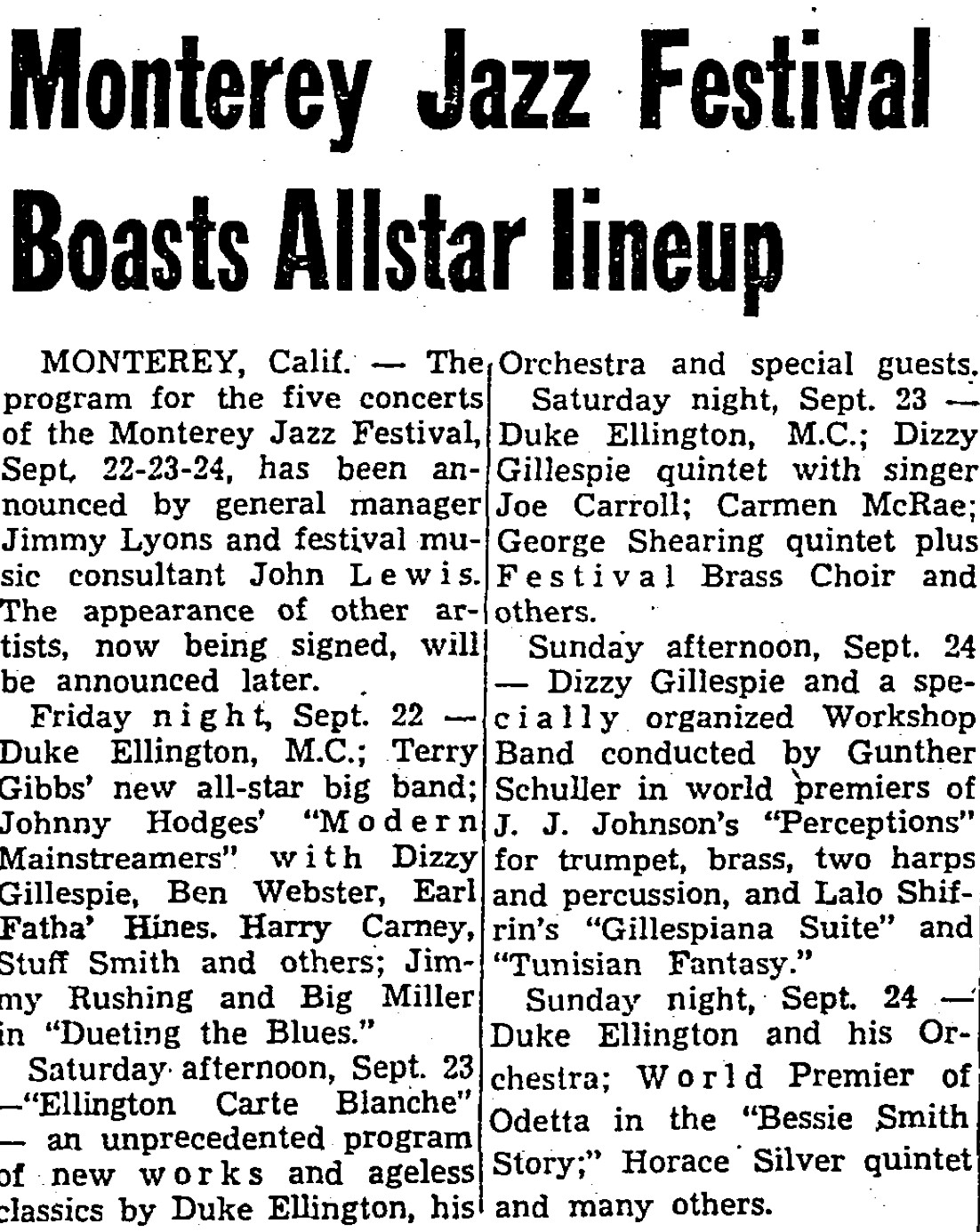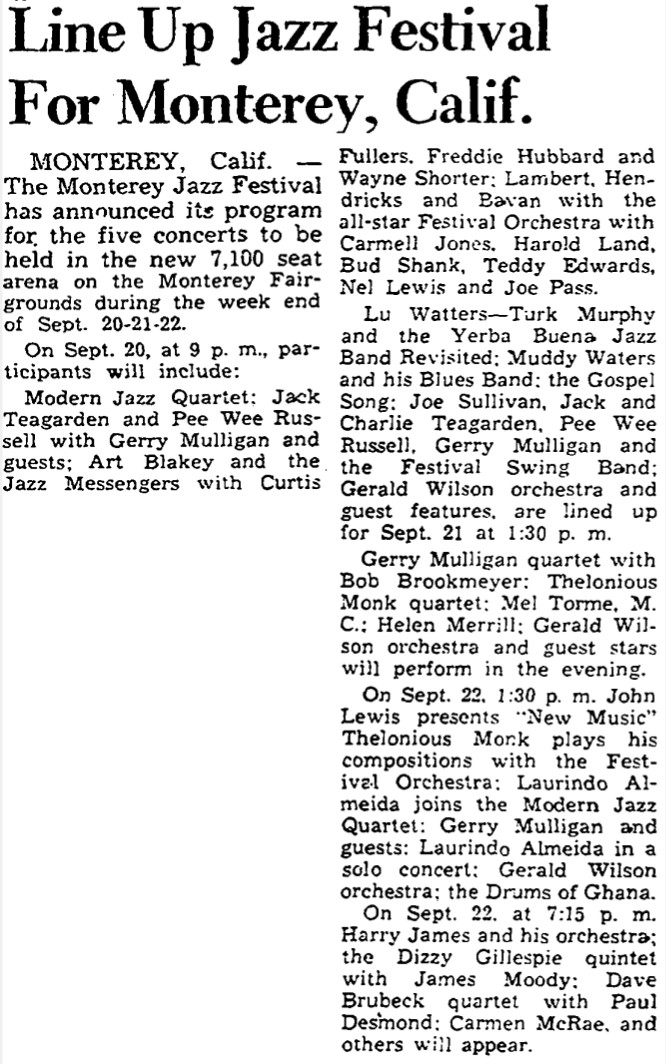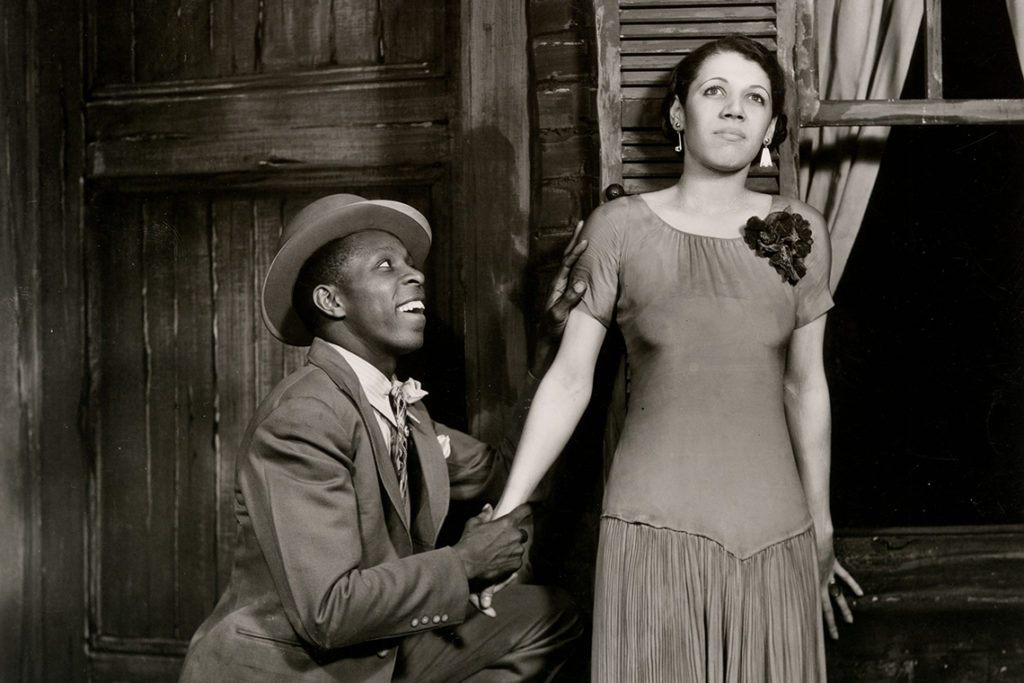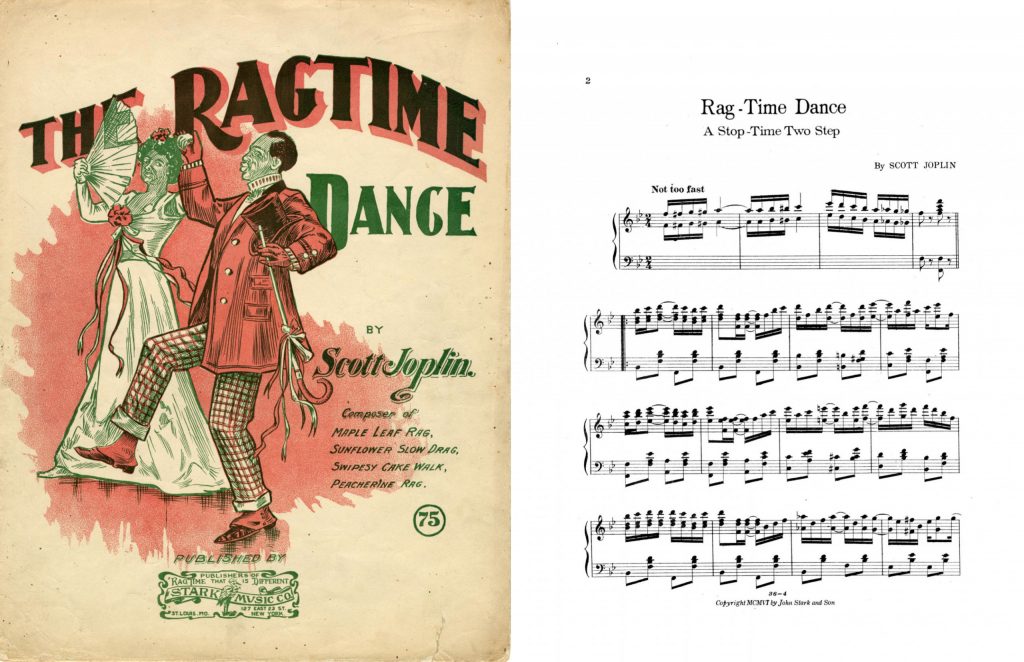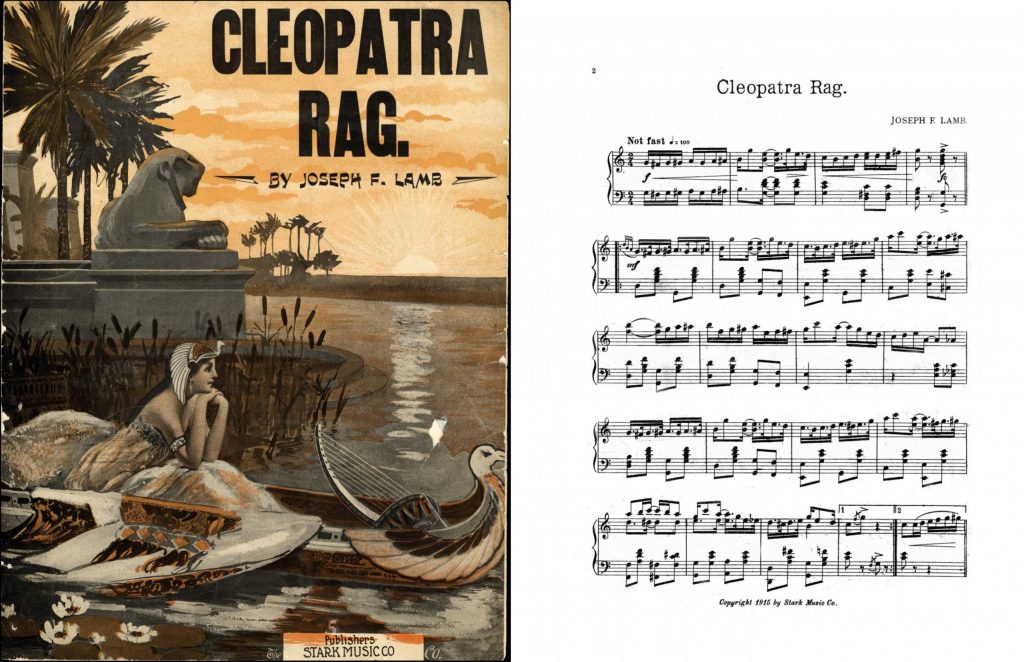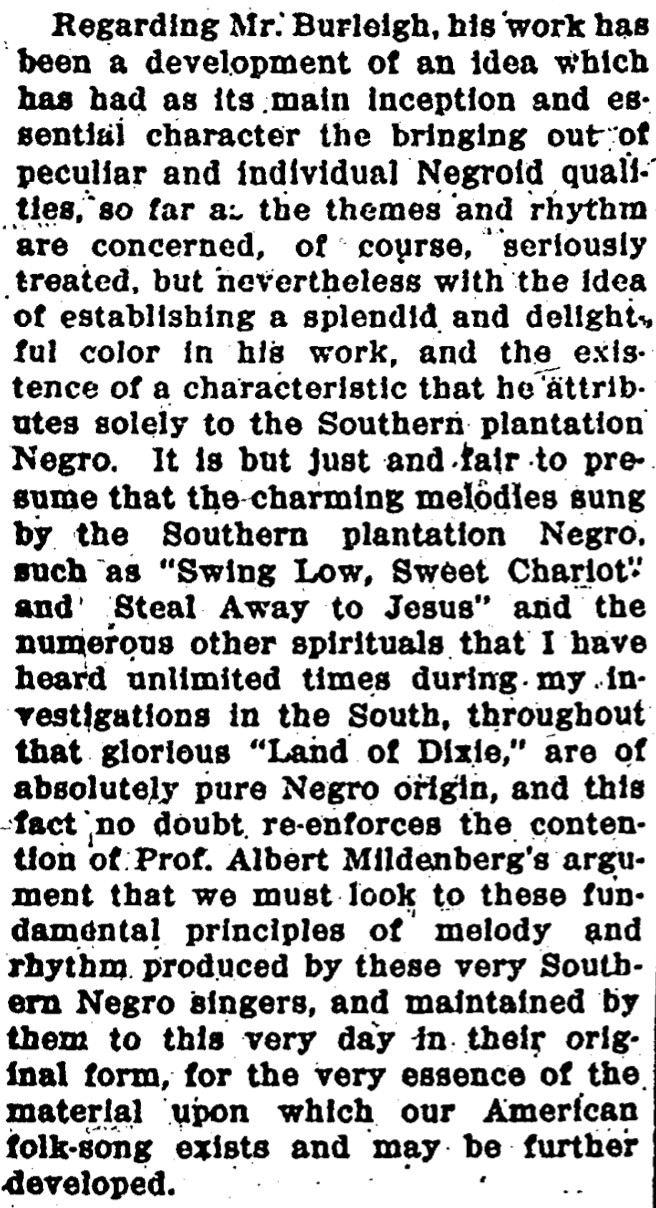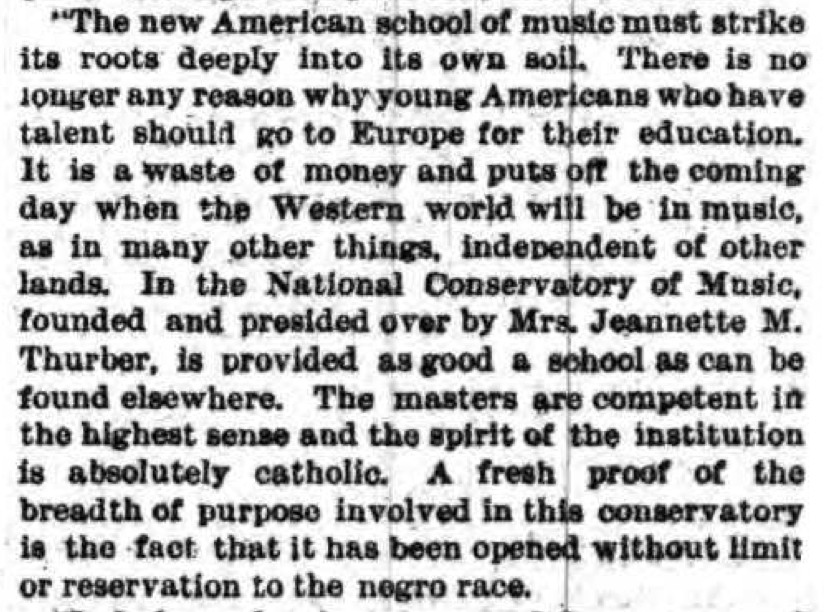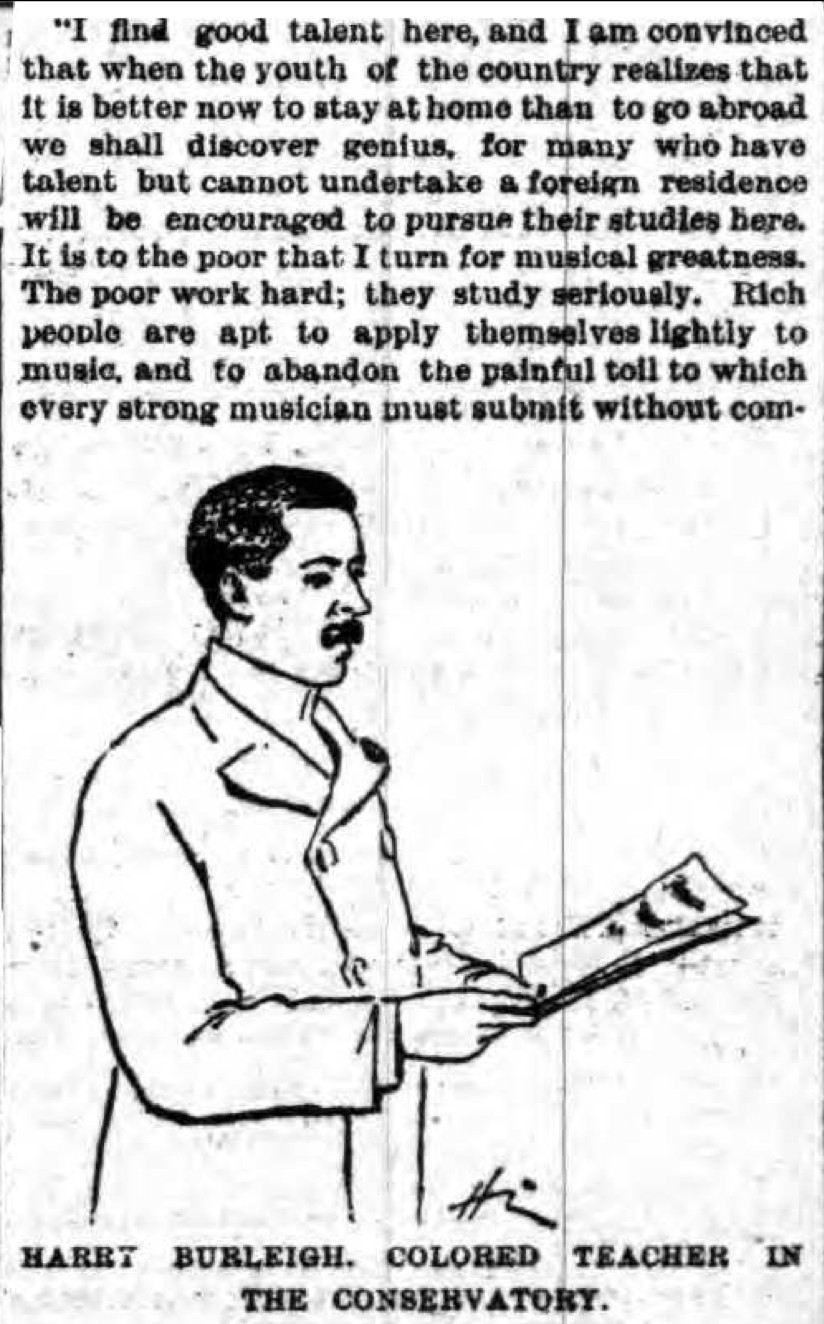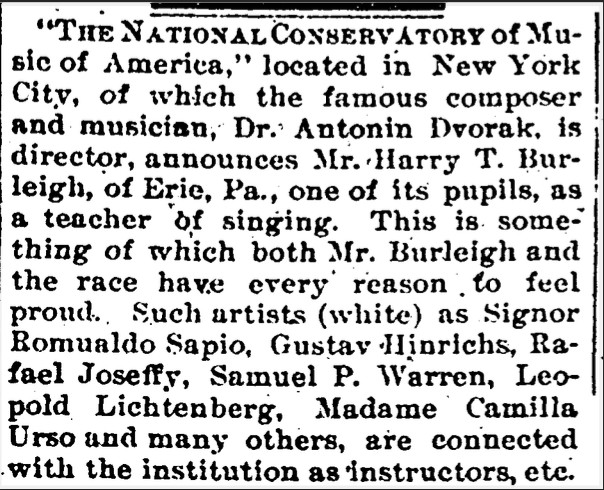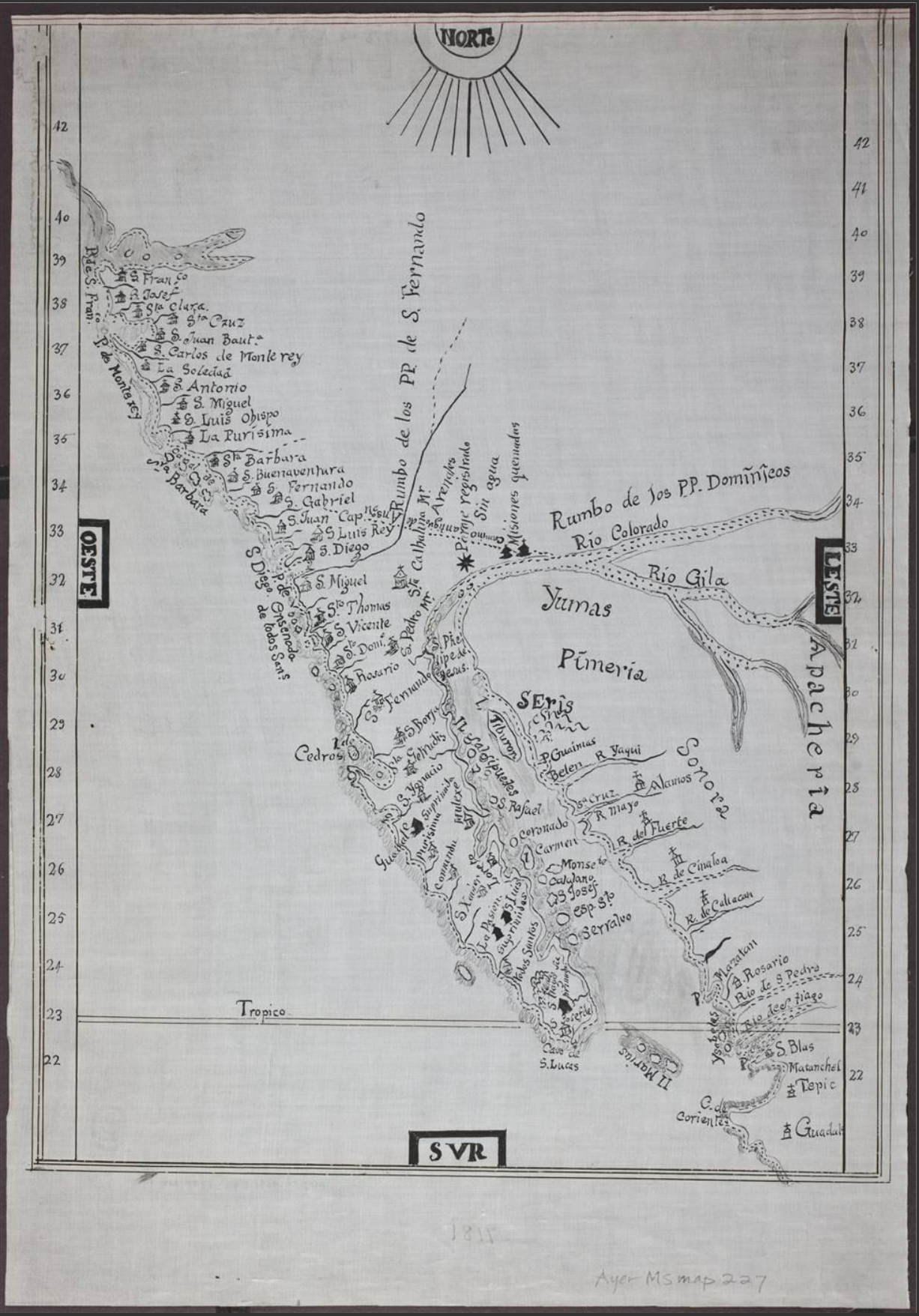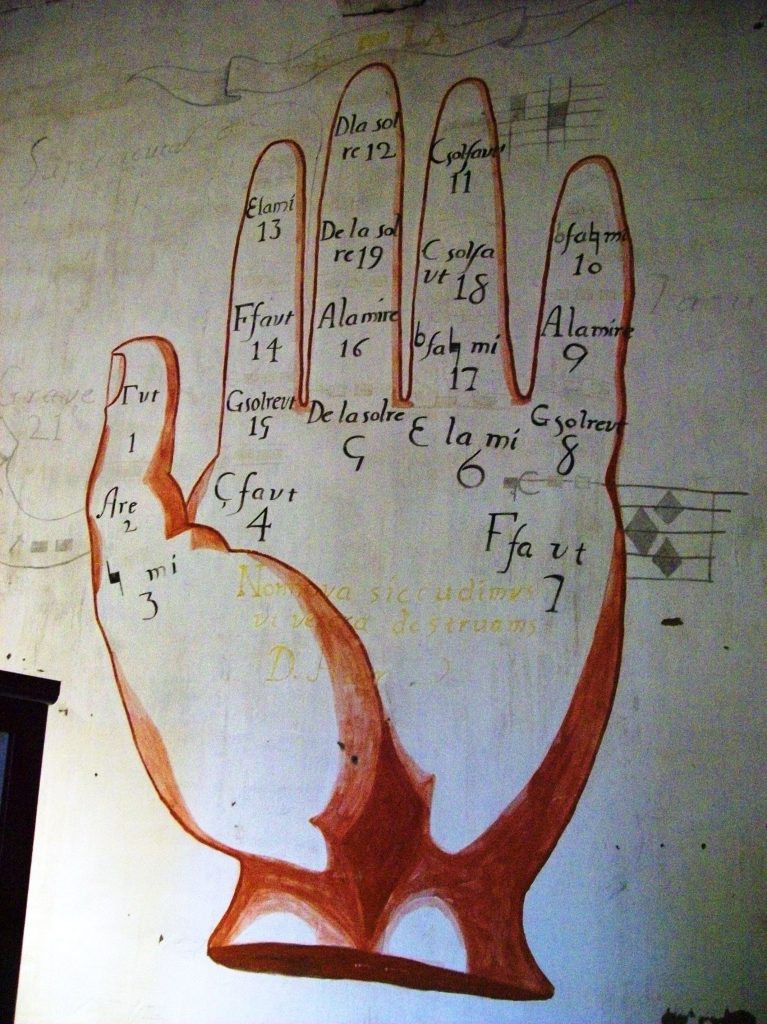As our group has been researching Densmore’s work, we’ve certainly found a lot of her actual field work, but there’s significantly less available of her recounting her actual experiences. When we came across a copy of Frances Densmore and American Indian Music, which is essentially a collection of writings she didn’t place in her books, I was excited, because I knew we were going to find some juicy stuff in there. And sure enough, we did!
One aspect of Densmore’s work that we had been aiming to expand upon was her lack of respect for the boundaries of certain Indigenous groups she studied. We had found it mentioned in scholarly writings, but there were never any specific examples of it until I found this account within this book on her experiences with the Northern Utes. Essentially, she had been told in the past that the Northern Utes were “touchy by nature” (1), but she was determined to go and record songs. She set up shop in a cottage nearby a trader’s store, where she would advertise to the Utes that she would pay people to sing their traditional songs into her phonograph. The Utes instead just laughed at her, which she even put in italics in the book out of indignation! She tried to explain what she was doing with the songs to them, but none of them wanted to willingly record anything. Instead of listening to them, she decided to pull the “I have a Sioux name” card and went to a well-respected member of the tribe named Red Cap, who begrudgingly brought her singers to record with. In exchange, she had to record him speaking a message for her to bring to DC that they hated their reservation superintendent and wanted him replaced, which Densmore did follow through on (1).
She recorded several songs with these singers, but she still did not have enough, so she overstayed her agreed-upon study time with the Northern Utes by over three weeks and even went on a horseback trip that passed over that time. To them, that was the last straw, and she was quite literally booted from her cottage – they did not even let her pack her own things, saying that someone from the agency would express ship her stuff back to DC (1).
While she did manage to get recordings from the Northern Utes, even she noticed how unwilling they were to make them, yet she still went through with it and continued to push their limits of what they were comfortable with her doing. The Utes were suspicious and rightfully so. White people had done nothing but take and take from Indigenous groups like them, be it land, resources, religion and sacred spaces, culture, or hospitality, in order to manipulate them into getting what they want. The way Densmore approached this group likely looked like any other White manipulator, and, by the tone of her writings, she could probably tell that was what they were feeling and did not care. Stories like these that she so calmly recounted without remorse further problematizes her work and exposes her biases, that it was completely okay to entirely overstep cultural boundaries if it meant she could personally get what she wanted.
Sources:
(1) Densmore, Frances, and Charles Hofmann. “Incidents in the Study of Ute Music.” Essay. In Frances Densmore and American Indian Music, 39–42. New York, NY: Museum of the American Indian, 1968.

